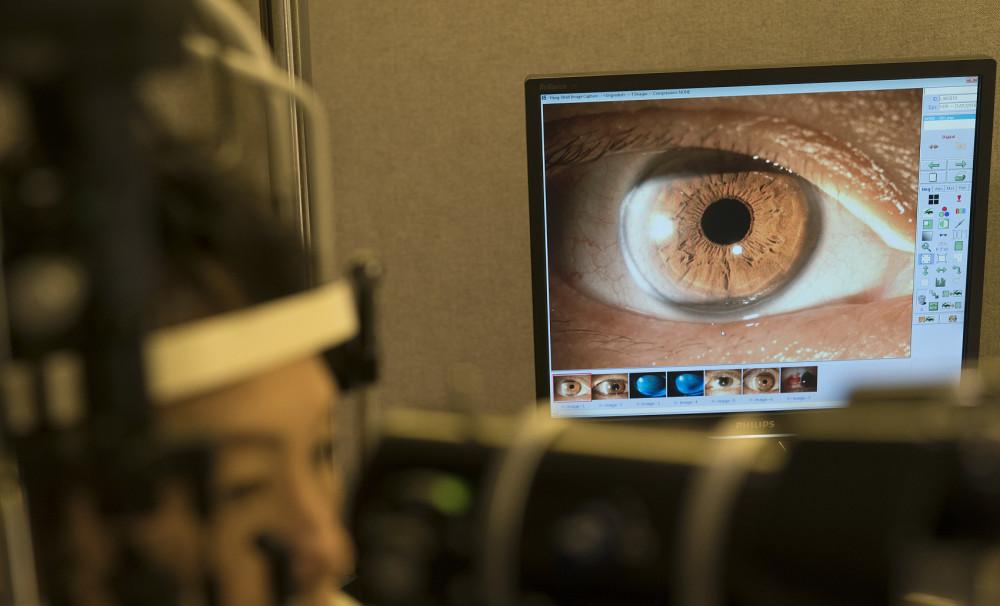Recently, the ren qiushi team of Peking University/Shenzhen Bay Laboratory proposed a new multimodal eye function imaging technology for non-invasive detection of ophthalmic nerve and retinal dynamic oxygen metabolism function, and some of the research results have been formed and published in the international biomedical photonics authoritative journal Journal of Biophotonics.
The human brain obtains more than 80% of the external information through the eyes, so eye health is essential to ensure people's quality of life. In addition, the human eye is also a natural window for observing brain cognition, human metabolism, human microcirculation and cardiovascular and cerebrovascular states, and a variety of major chronic diseases may be complicated or secondary to eye diseases.
Clinical studies have also confirmed that fundus lesions have the hallmark features of a variety of chronic diseases such as hypertension, stroke, coronary heart disease, neurodegenerative disease, diabetes and kidney disease, and can be used as a criterion for early screening and auxiliary diagnosis of diseases.
Therefore, the study of an intelligent multi-modal visual function inspection technology and equipment, combined with big data and artificial intelligence technology, early warning, screening and monitoring of blinding eye diseases and other chronic diseases, and the realization of the forward movement of major chronic disease management are of great significance to saving medical resources and promoting people's health.

The retina is the only microcirculatory system in the human body that can be directly observed and is one of the organs in the human body that consume the most oxygen. The structural and functional sub-information of the retinal microcirculation is of great guiding significance for the screening, diagnosis and prognosis of the disease.
However, the existing retinal structure and functional imaging instruments are independent of each other, making it difficult to achieve simultaneous measurement and evaluation, which greatly limits the analysis of retinal structure and function.
Professor Ren Qiushi's team organically integrated multispectral imaging technology and laser speckle imaging technology, combined with eye movement analysis and pupil detection technology, proposed a new multi-mode ocular functional imaging analysis technology, which can realize structural and functional information such as retinal multispectral imaging, fundus color synthesis image, retinal vascular diameter measurement, retinal oximetry measurement, retinal and choroidal hemoperfusion imaging, retinal blood flow pulse analysis, retinal oxygen metabolism kinetics, etc. It provides a powerful tool for a more comprehensive assessment of retinal microcirculation characteristics.
The Ren Qiushi team of Peking University/Shenzhen Bay Laboratory has been committed to the technical development of multimodal eye functional imaging for many years, and the team will continue to study and optimize and upgrade this technology in depth. The team is currently cooperating with major hospitals to carry out large-scale clinical research on multimodal ophthalmic functional imaging analysis technology in ophthalmology, neurology, cardiology and nephrology, and is expected to carry out more comprehensive research on the screening, diagnosis and prognosis of diseases, so that the window of the mind can escort health. The research was supported by the National Biomedical Imaging Equipment Foundation, the National Natural Science Foundation of China, the Beijing Municipal Natural Science Foundation, and the Shenzhen Nanshan Innovation and Business Development Fund of the Shenzhen Science and Technology Program. (Wen | Shi Sitong, Editor, | Sun Yue, Weekly Of Finance and Economics)